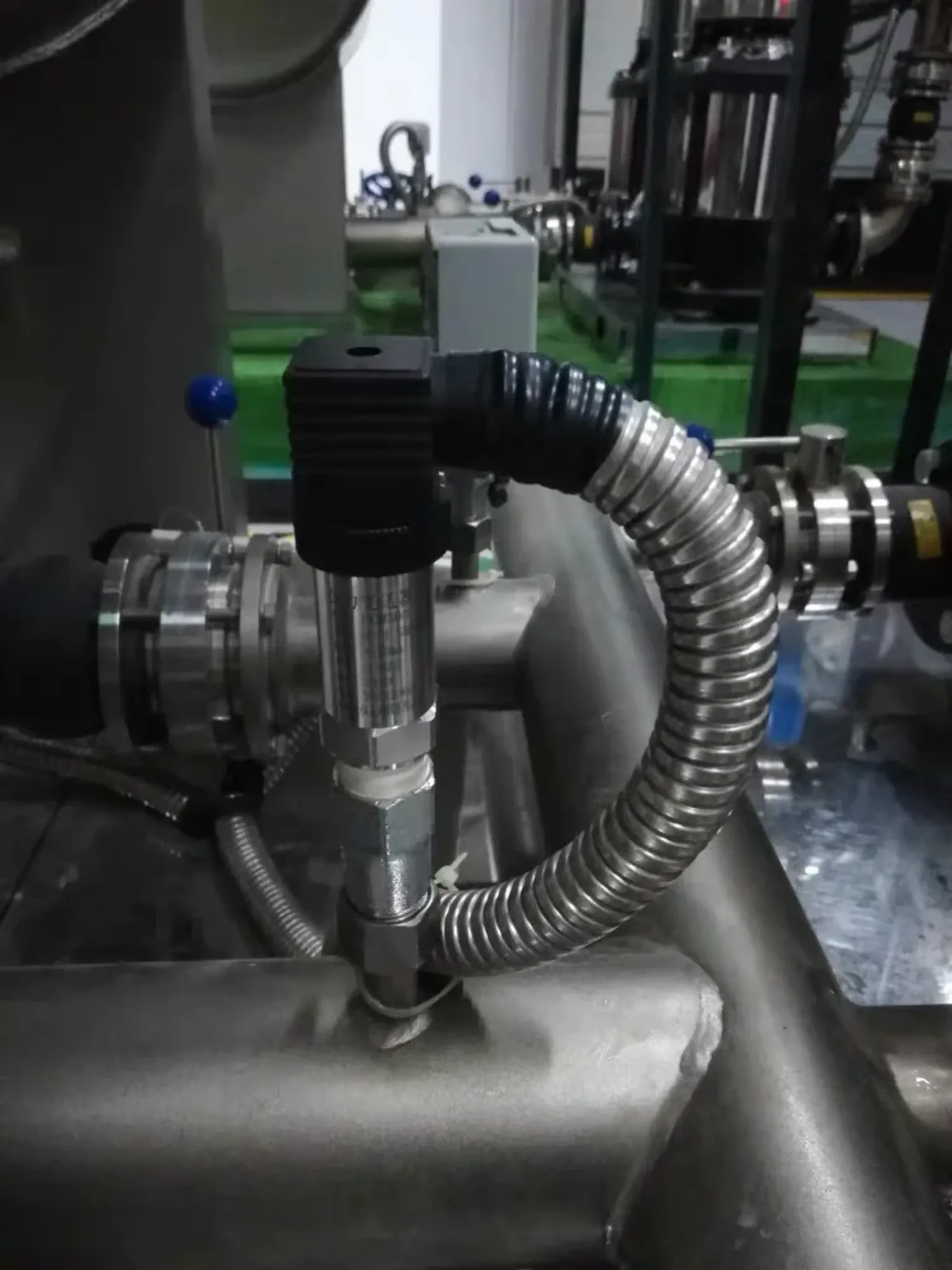معاصر صنعتی محیطات میں، مائع نظام اکثر عملیات کا بنیادی حصہ ہوتا ہے—ہائیڈرولیک پریسز کو توانائی فراہم کرتے ہیں، ٹیمپرچر کنٹرول شوئلز کو منظم کرتے ہیں، اور بھاری مشینوں میں لوبریشنٹس کو چلنے دیتے ہیں۔ ان نظاموں میں درست ڈباؤ کو حفظ کرنا سلامتی، پرفارمنس اور عملیاتی کارآمدی کے لیے ضروری ہے۔ یہیں پر ڈباؤ سینسرز ایک جانبدار کردار ادا کرتے ہیں۔
حقیقی وقت میں نگرانی کے لیے مستقل عمل
دباو سینسرز مسلسل گیس یا روانہ کے دباو کو نظام کے اندر پیمائش کرتے ہیں۔ جب ایک صنعتی کنٹرول یونٹ کے ساتھ تکامل کیا جائے، تو وہ عملداران کو بہترین عملدار شرائط کو برقرار رکھنے میں مدد دیتے ہیں۔ چاہے یہ ہائیڈرولیک فلیوڈ کے دباو کو سافٹ رینج کے اندر رکھنا ہو یا کولینٹ فلو کو ناپتوعار کرنا، یہ سینسرز غیر متوقع خرابیوں سے بچانے میں مدد کرتے ہیں۔

معاد مصنوعات کی حفاظت
ایک sudden دباو کی اضافی اضافی یا گردنے سے نظام کی ڈیمیج، مشین کے عمل روکنے یا ہمیشہ سلامتی کے خطرے کی وجہ بن سکتی ہے۔ دباو سینسرز -پہلی لائن کی حفاظت کے طور پر کام کرتے ہیں-جب دباو کی پیمائش پیش گرفتہ حدود سے باہر چلتی ہے تو آرام یا خودکار روکنے کو تشويق دیتے ہیں۔ یہ فعال جواب کمپنیوں کو مالیاتی معاد مصنوعات کی مرمت اور تولید کی تاخیر کو کم کرنے میں مدد کرتا ہے۔
پیشنیک مینٹیننس کو ممکن بنانا
پریشر سینسرز کا استعمال کرنے کا سب سے بڑا فائدہ یہ ہے کہ پیشگو تعمیرات کو عمل میں لانا۔ وقت کے ساتھ پریشر کے رجحانات کو رد کرکے، آپریٹرز اس سے قبل از موٹر خرابیاں پمپس، ویلوز، یا سیلز میں پہچان سکتے ہیں۔ یہ رویہ غیر منظور قطع کار کو کم کرتا ہے اور حیاتی اجزائے کی عمر کو بڑھاتا ہے۔
اتومیشن صنعت کی مدد کر رہے ہیں
پریشر سینسرز ذکی کارخانہ کی شروعات کے لئے بھی ضروری ہیں۔ ڈیجیٹل آؤٹ پٹ کی صلاحیتوں اور IoT پلیٹ فارمس میں آسان انٹیگریشن کے ساتھ، وہ دورانی نگرانی اور خودکار کنٹرول کو ممکن بناتے ہیں۔ مثلاً، ایک کیمیکل پروسیسنگ پلانٹ میں، سینسرز خودکار طور پر پمپ کی رفتار کو واقعی وقت کے پریشر پڑاؤ کے مطابق تنظیم کر سکتے ہیں، اوسطی کارکردگی اور توانائی کے استعمال کو یقینی بنانے کے لئے۔
نتیجہ
سیفٹی میں بہتری سے لے کر کارکردگی میں اضافے اور ذکی صفائی کو ممکن بنانے تک، دباؤ سینسر صنعتی فلوڈ سسٹمز میں ایک کلیدی جز ہیں۔ جیسے ہی صنعتیں خودکاری اور ڈجیٹل ٹیکنالوجیز کو اختیار کرتی چلی جا رہی ہیں، مناسب اور مسلسل دباؤ سینسنگ کا کردار ہیں اور یہ زیادہ ضروری بن جائے گا۔

